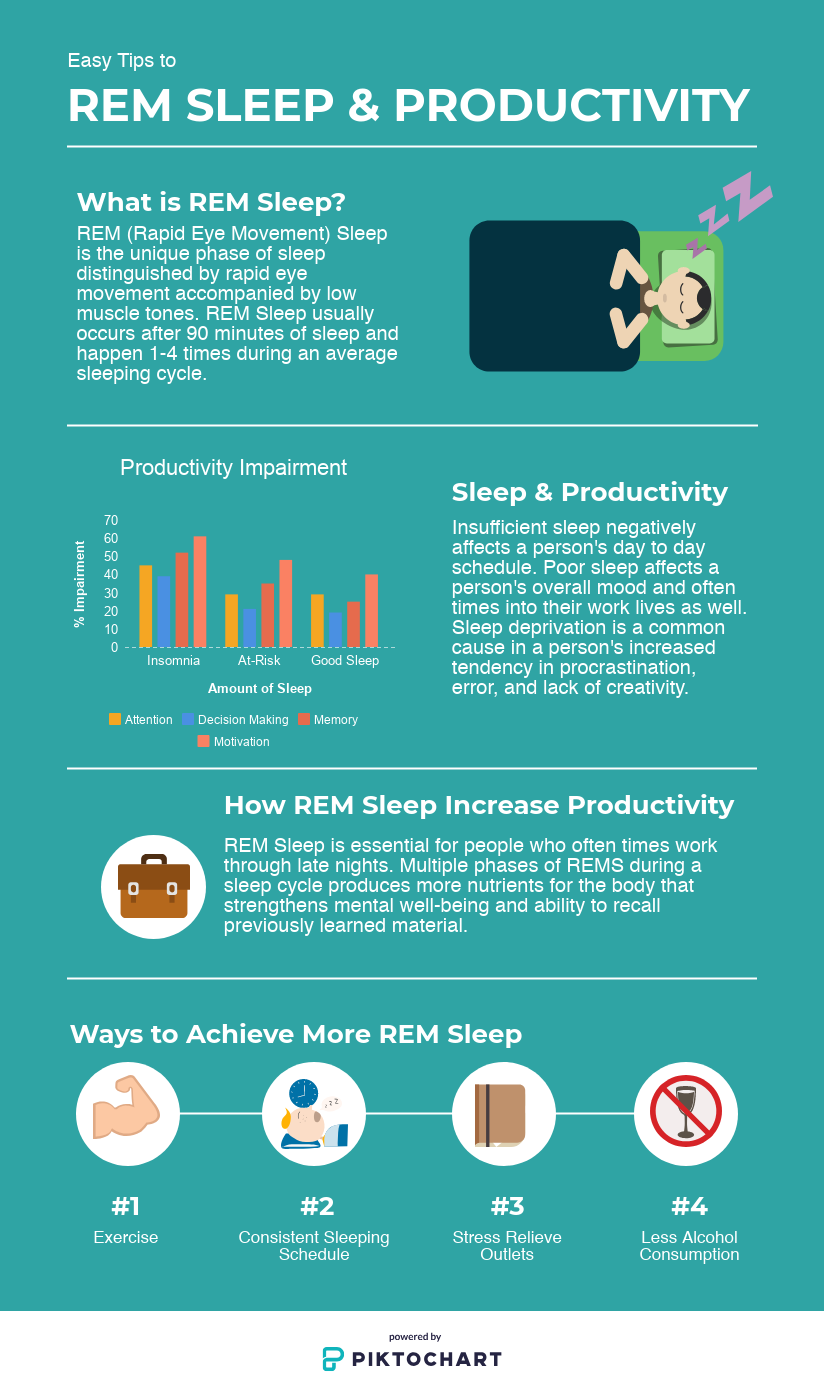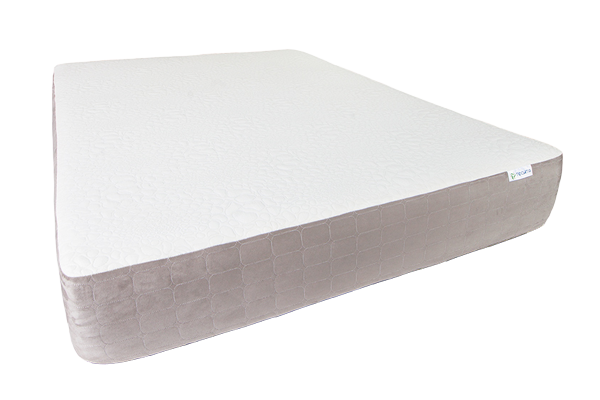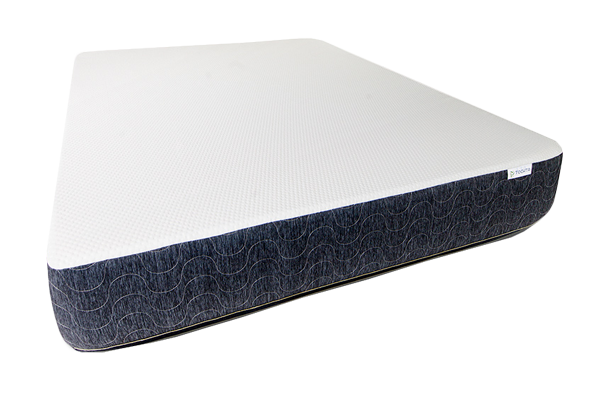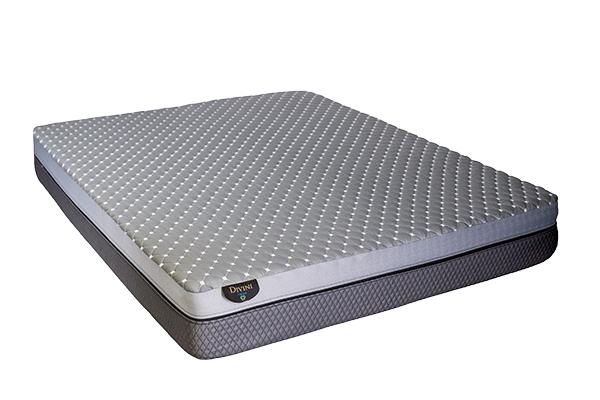
The 3 Cycles of Sleep
WebMD states that there are three phases of non-REM (NREM) sleep, which happen directly before REM sleep does:
- First Phase: At the beginning, the sleeping individual may be relaxed but can still be awakened fairly easily for up to 10 minutes.
- Second Phase: This phase is necessary for the sleeper’s body to prepare for deep sleep. Lasting on average 30-40 minutes, the heart rate and body temperature begin to lower.
- Final Phase: In the last phase of non-REM sleep, Deep Sleep occurs, and the individual becomes much harder to wake up. The body repairs tissues and bones and boosts the immune system during this phase which is important for recovery.
REM (Rapid Eye Movement) Sleep, however, is just as important as the deep sleep phase in NREM sleep. During this first REM sleep which usually occurs after 90 minutes of sleep, brain activity increases, the pulse gets faster, and the eyes begin “rapidly moving” underneath closed eyelids. The first REM sleep is fairly short, lasting under 10 minutes, but each REM sleep increases in duration as it continues to cycle back and forth between NREM and REM.
What Does REM Sleep Do For You?
A study by the
National Institute of Neurological Disorders and Stroke discovered that rats that slept but were deprived of the REM portion of sleep had their total life span shortened from 2-3 years to just over a month. This portion of sleep is critical to an individual’s general vigor and mental well-being and is the reason why some slumbers may feel more fulfilling than others.
Moreover, the concept of REM sleep is essential for those who may not be able to benefit from a full night’s sleep or have irregular sleep schedules. This includes the following:
- Truck drivers that need to be constantly aware throughout the night
- Workers that require late-night or early-morning shifts like in the police force
- Those who work multiple jobs.
Naps throughout the day are often the best solution to a shortened sleep, but with careful planning of sleep hours, those who constantly feel drained and have low energy at work can mitigate these negative effects by maximizing REM.
During REM sleep, the pons located towards the bottom of the brain send signals to other parts of the brain, most importantly the cerebral cortex. This layer is important for people to learn and actively think, which is why dreams nearly always happen in conjunction with REM sleep. If you have ever experienced “sleep paralysis” or heard of someone experiencing this phenomenon, it is because the pons intentionally induce temporary paralysis of body muscles so that sleepers do not physically react to the dreams they are experiencing. These areas of the brain are stimulated in the process and help increase the ability to learn during the day. One theory behind why babies and children require so much more sleep than older adults is due to REM sleep being crucial to brain development and learning. Another benefit of prolonged sleep is the higher production of necessary nutrients that assist people in strengthening mental well-being and the ability to recall previously learned material.
Need help getting to REM sleep? Reach out to us today and discover how we can help you achieve better rest, either by contacting us directly or visiting our contact us page.
Statistics of REM Sleep
This significant part of every person’s sleep cycle has garnered much research. Here are some key statistics to answer your question about why REM sleep is important:
- While REM sleep accounts for approximately 20–25% of an adult’s sleep cycle, it’s over 50% of an infant’s.
- Multiple studies suggest that being deprived of REM sleep interferes with memory formation.
- The prevalence of narcolepsy and REM sleep behavior disorder has been estimated to be as high as 36%.
- Sleep environments and REM sleep significantly impact sleep physiology. Poor sleep environments lead to impaired task performance, decreased mood and vigor, increased fatigue, and poor post-activity recovery.
- Your thermal environment greatly influences sleep quality. Both heat and cold exposure increase wakefulness and decrease REM sleep and slow-wave sleep.
The History of REM Sleep
Sleep researchers have been fascinated by REM sleep since its discovery in 1953. Before this time, the main belief was that the brain was completely dormant during sleep. It came as a surprise to find that this period of sleep constitutes 20-25% of an adult’s sleep cycle—the main question became, “What is REM sleep?”
Further Studies on REM Sleep
Following its initial discovery, numerous studies delved deeper into the complexities of REM sleep. In the 1960s and 1970s, further investigations were undertaken to examine the correlation between REM sleep and learning/memory consolidation.
This research culminated in the proposition of the ‘
REM sleep hypothesis‘, suggesting that REM sleep is significant for cognitive functions, including memory processing and emotional regulation.
Modern Technology and REM Sleep
During the late 20th century, the emergence of modern neuroimaging technology like PET scans and MRIs allowed researchers to gain a clearer understanding of the answer to the question “What is REM sleep”. This spotlighted its impact on various neurological and psychological aspects. This period also saw studies demonstrating a disruption in REM sleep patterns in individuals with
mood disorders and neurological conditions, revealing its role in overall mental health.
Today, REM sleep continues to be an exciting research field, with ongoing studies exploring its multifaceted roles in our health and well-being.
How Tochta Advances Your REM Sleep Cycle
Tochta is committed to
enhancing the quality of your REM sleep cycle through our
innovative mattress designs. Understanding the crucial role a tranquil sleep environment plays in reaching REM sleep, Tochta mattresses are engineered to provide optimal comfort and support.
Through quality materials and innovative sleep technology, our mattresses regulate temperature and minimize motion transfer. This contributes to uninterrupted sleep, which is essential for entering and maintaining a consistent REM cycle.
Enhance Your Quality of REM Sleep With Mattresses From Tochta
To get the sleep you need and deserve, try
Tochta’s range of premium mattresses. Our
custom made mattresses provide superior comfort and support for an uninterrupted REM sleep cycle—plus, we guarantee satisfaction with 10-year warranties and a 100-night trial. Take a look at our
best selling mattress and see what others are saying!
Ready to enhance your REM sleep? Take the first step towards better rest by reaching out to us today, either by contacting us directly or visiting our contact us page.



